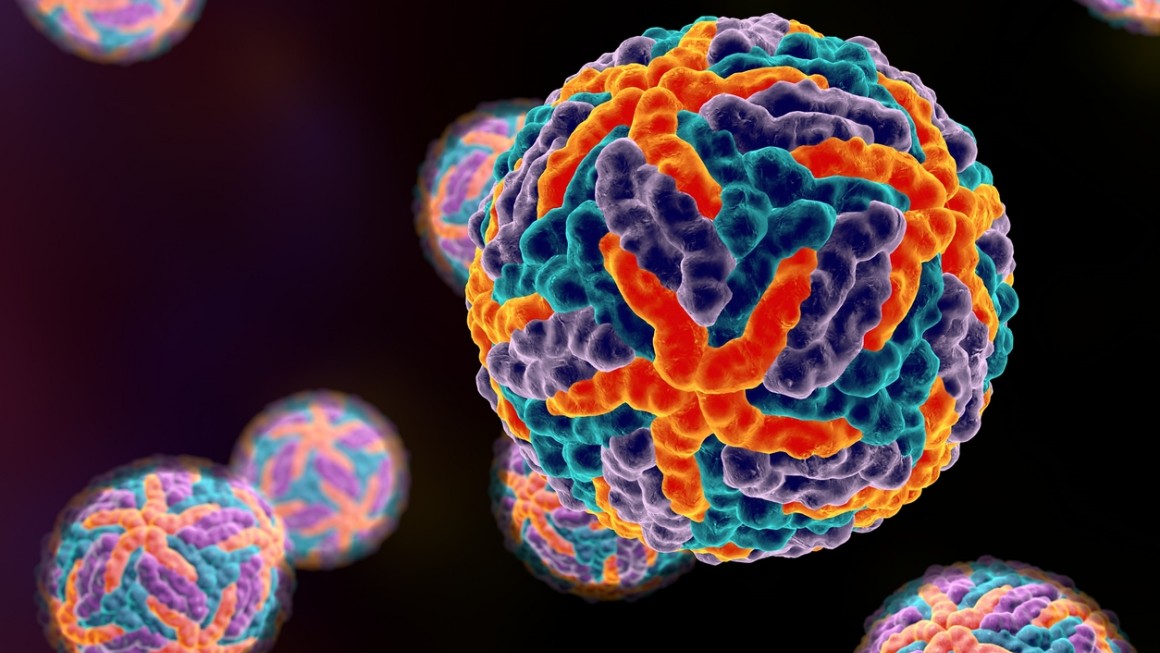Messenger RNA (mRNA), a leading edge in current chemical research, plays a key role in recent vaccine development. Previously, the delivery of mRNA through lipid nanoparticles (LNPs) will lead to the accumulation of LNPs in the liver which further limit their access to other organs. Researchers found the targeting LNPs have the ability to deliver mRNA to other organs through new routes which brings about new therapeutic applications. For instance, the inhaled delivery to the lung epithelium can be used for the treatment of pulmonary diseases. In this article, we will explore the development of LNP-based delivery of mRNA through inhalation and talk about their effect on the treatment of pulmonary diseases in the future.
LNP-based delivery of mRNA through inhalation faces three main challenges. First of all, the tremendous force produced by nebulizers may result in the potential loss of nanoparticle and mRNA integrity. Secondly, due to the airway mucus, LNPs cannot reach the lung epithelia. At last, the fact that mRNA cannot escape the endosome may lead to low bioavailability. However, researchers developed LNP formulation to delivery mRNA to the lungs.
Originally, LNPs contains four lipid components, including an ionizable lipid, a PEG lipid, a structural lipid, and cholesterol. Each of them plays a different role in the efficacy of the LNP to deliver mRNA. Although many delivery applications focus on the properties of ionizable lipid, inhaled delivery turns to PEG lipids and sterol components. Considering the inhaled delivery through nebulization needs particle stability to afford the force of the process and endosomal escape of the LNP, researchers turn their attention to PEG lipid components which drive particle stability, and the sterol components play important roles in endosomal escape. For this sake, researchers created several LNP formulations that enable nebulization and endosomal escape of mRNA to the long epithelia.
After several in vivo and in vitro experiments, researchers found that mRNA can be delivered to the lungs successfully through nebulization by regulating PEG concentration and replacing β-sitosterol with cholesterol. When the PEG concentration is increased, a more stable and smaller LNP for nebulization can stand the shear stress of the process. However, if the concentration is beyond 5.5%, the mRNA encapsulation efficiency and transfection will be affected.
It has been noted that by improving the endosomal escape of the LNP, replacing β-sitosterol with cholesterol increases mRNA transfection efficiency to 200%. On the basis of the previous research, the researchers utilized β-sitosterol rather than cholesterol to evaluate whether such substitution could make up for the loss of igh-concentration PEG particle transfection. The result shows that LNPs which contain sitosterol have higher transfection efficiency and are resilient to shear stress during nebulization resulting in mRNA delivery to the lungs through inhalation of nebulized LNPs.
The use of inhalable mRNA therapy has the potential to completely alter how respiratory disorders are treated. Lung cancer, pulmonary arterial hypertension, and cystic fibrosis are just a few of the conditions that it could be used to treat. A functioning copy of the CFTR gene, for instance, might be delivered to the lungs via inhalable mRNA therapy, reversing the genetic defect that causes cystic fibrosis.
The application of inhalable mRNA therapy may completely change the therapeutic method for respiratory disorders, such as lung cancer, pulmonary arterial hypertension, and cystic fibrosis. Inhalable mRNA therapy for pulmonary arterial hypertension will provide proteins that could loosen the blood arteries and increase blood flow to the lungs. In addition, the therapy for lung cancer might provide proteins that prompt the immune system to attack cancer cells.
Comparing to other administration routes, the formulation for inhaled delivery of LNPs is unique. The research enables us to apply the LNP technique to more diseases. To be specific, inhalable mRNA therapy is capable of completely revolutionize the respiratory ailments treatment, and the it is a promising field for the future of medicine.




